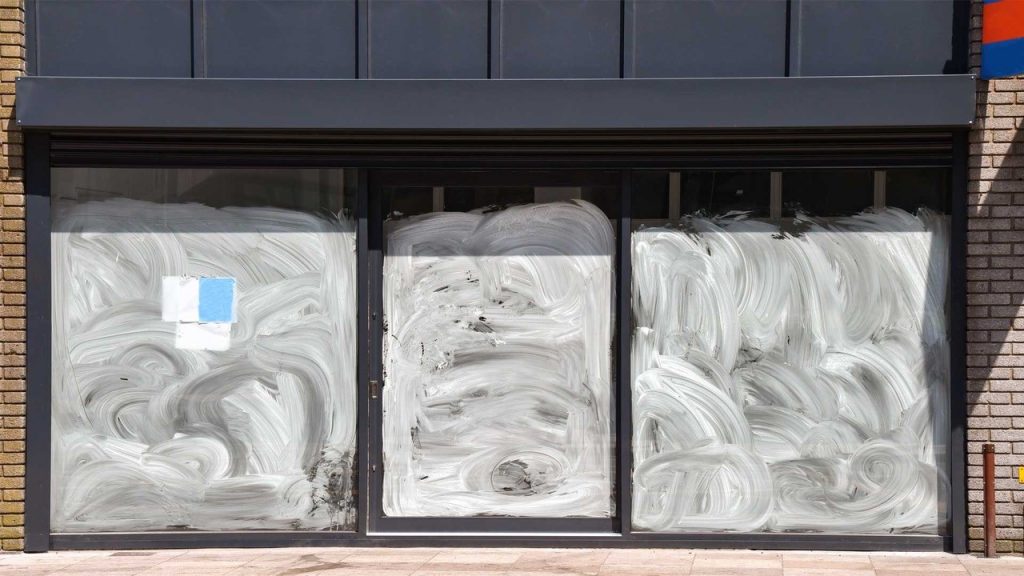Claiming Against An Insolvent Tenant

Claiming Against An Insolvent Tenant
Several mechanisms of enforcement are in place to allow commercial landlords to recover rent arrears from a commercial tenant. Often these are based in the contract and governed by the terms of the specific lease (forfeiture or damages for breach of contract). Some are found in statute such as the Commercial Rent Arrears Recovery (CRAR) procedure for the rent against certain goods of the tenant at the premises.
However, if a tenant fails to pay the rent because it is (or may shortly become) insolvent, the landlord’s ability to exercise CRAR, sue the tenant or forfeit the lease may be restricted. The landlord’s recovery rights will vary depending on the process of insolvency that the tenant has initiated.
This article will focus on landlords who seek to recover rent arrears from an insolvent commercial tenant and what options are available to the landlord to recover its losses depending on the process in place.
Insolvency Processes
Company Voluntary Arrangement (“CVA”)
A CVA sets out terms for the company to repay some or all of its debts over an agreed period of time, aiming to give the company a realistic chance of paying its debts off and continue trading. There are no statutory restrictions when a CVA is initiated however, restrictions on the remedies the creditors can seek can be imposed by the agreement. These are controlled by the terms of the CVA contract. Therefore, it is essential that the rent due to the landlord is specifically addressed by the CVA. CVAs can include different arrangements for different types of creditor. Tenants could obtain rent reductions or offload onerous leases however, some leases may not change at all or only incur minor alterations, meaning the landlord will receive payment of at least part of the debt. This insolvency process is heavily dependent on the contents of the CVA.
Administration
If an application has been made to appoint an administrator (or there has been a notice of intention to appoint) then, a statutory moratorium is imposed by paragraph 43 of Schedule B1 to the Insolvency Act 1986 (as amended). This prevents the instigation or continuance of any legal process, or forfeiture of the lease, without the consent of the administrator or the permission of the court. Enforcing security over the tenant company’s property it also prohibited by the moratorium. Deposit monies may still be drawn upon if specific terms allow it in a rent deposit deed. This is something to consider when drawing up commercial lease agreements.
If administrators do not wish to use the property as of the point of instruction, they do not have to pay any rent going forward. Therefore, in the first instance, it should be considered by the landlord to enter into a ‘pre-pack’ administration where the administrators assign the lease as part of a business sale. Otherwise, surrendering the lease must be accepted to allow for new tenants to be found, avoiding accrual of arrears.
Administrative Receivership
An administrative receiver is appointed to recover monies owed to a creditor with a floating charge, where the insolvent company has breached the terms of its borrowing. There is no statutory moratorium and as a result, no restrictions or stays are imposed. Consequently, you may enforce all of the remedies initially suggested without the permission of the court or administrative receiver. This is unless, the terms of the floating charge prohibits a landlord from effecting CRAR.
Compulsory Winding-up / Liquidation
An insolvent company can be forced into liquidation if one or more of its creditors submits a winding up petition to the court. Where a winding up petition has been presented to the court, the landlord will need the court’s permission to action forfeiture and other mechanisms of enforcement (CRAR and issuing a debt claim for the rent).
Members’ Voluntary Liquidation (solvent winding up) and Creditors’ Voluntary Liquidation
These two mechanisms of insolvency impose no restrictions or stays on the commercial landlord in their retrieval of rent arrears.
Conclusion
For commercial landlords facing a potentially or already insolvent tenant, the consequences vary depending on the process the tenant initiates when they enter insolvency. Each process effects the landlords’ remedies in different ways and understanding these processes helps to work out the best route forward to recover the rent arrears or find the most lucrative solution in the circumstances. Commercial landlords must ensure their next steps do not result in wasted money; it would not be beneficial if only a low value could be recovered against the landlords’ overall losses.
Effective communication is often the best solution to prevent the accrual of arrears or to create payment plans if the business continues to trade after initiating an insolvency process. It is important that as a commercial landlord, any leases drafted expand on the use of remedies available to the landlord and allow for them to be applied at the earliest opportunity. If a tenant does however enter into insolvency, individual circumstances can affect the advice given. For example, if the insolvency practitioner allows the company to use the premises after appointment, the landlord will be able to recover the rent for the period the tenant is in occupation.
Contact our Real Estate Dispute Resolution team today
If you would like to discuss any issue relating to this blog, please do not hesitate to contact a member of the Real Estate Dispute Resolution Team on 01895 201759 or contact us via the enquiry form at the top of our Property Disputes page.
